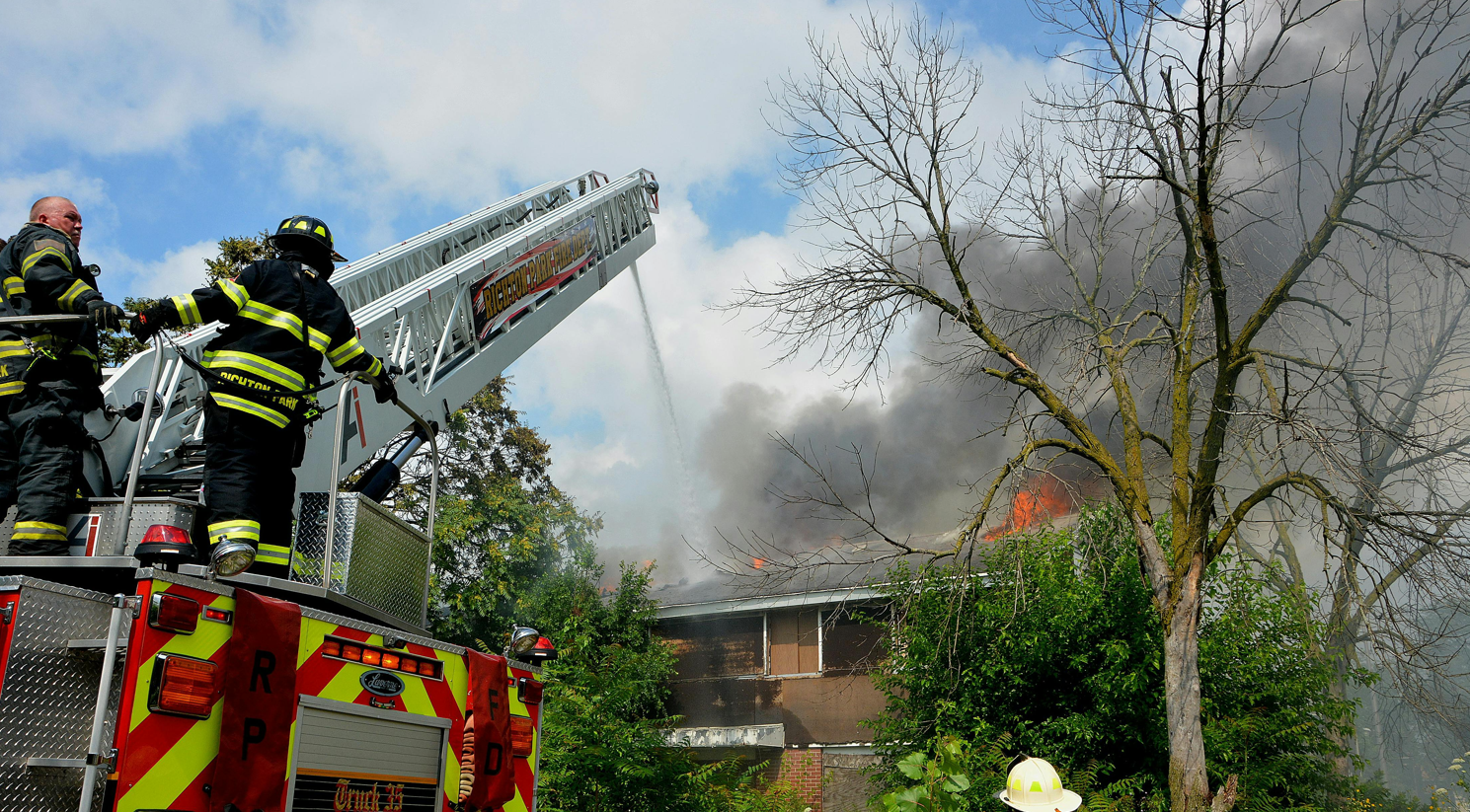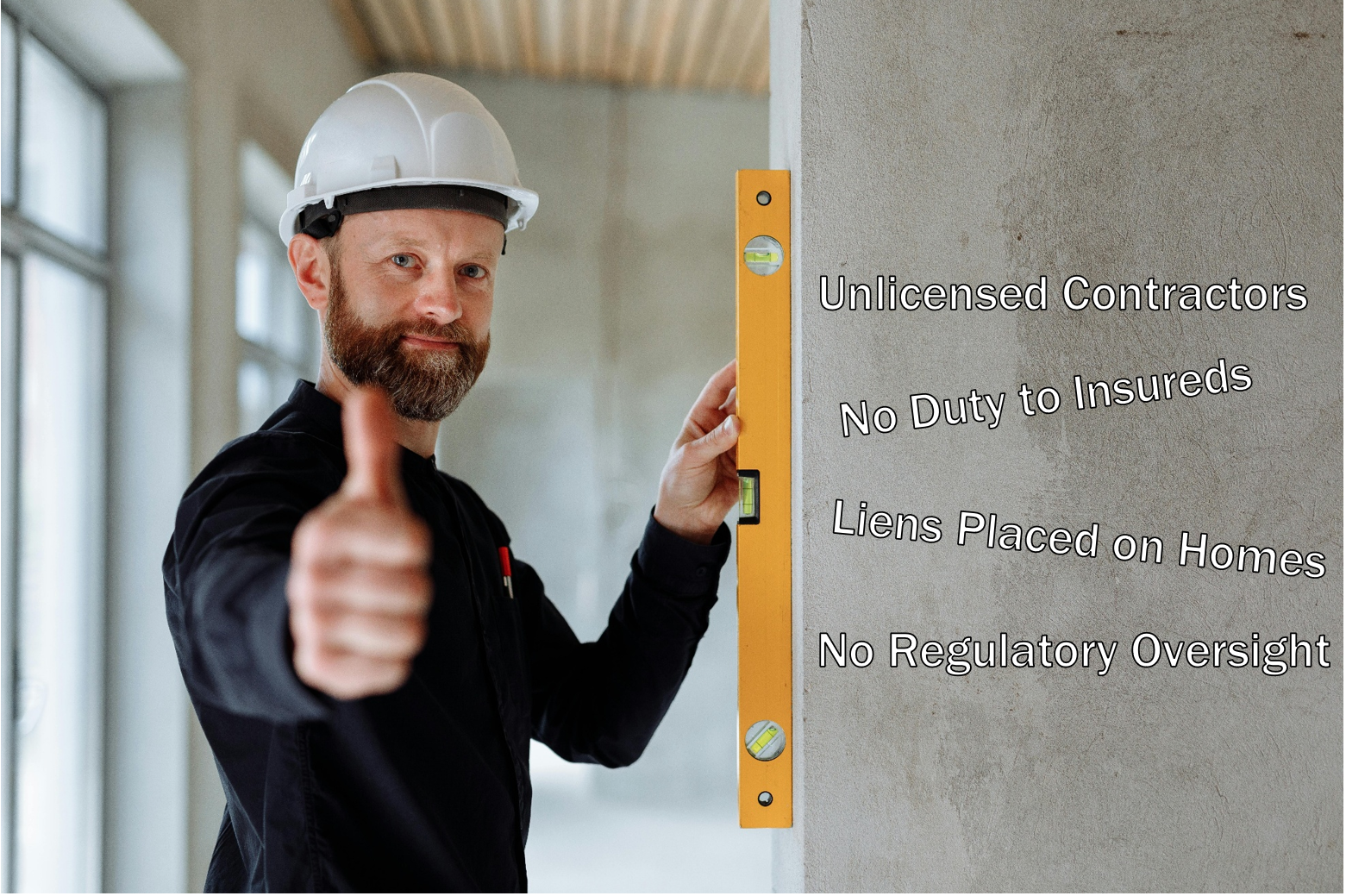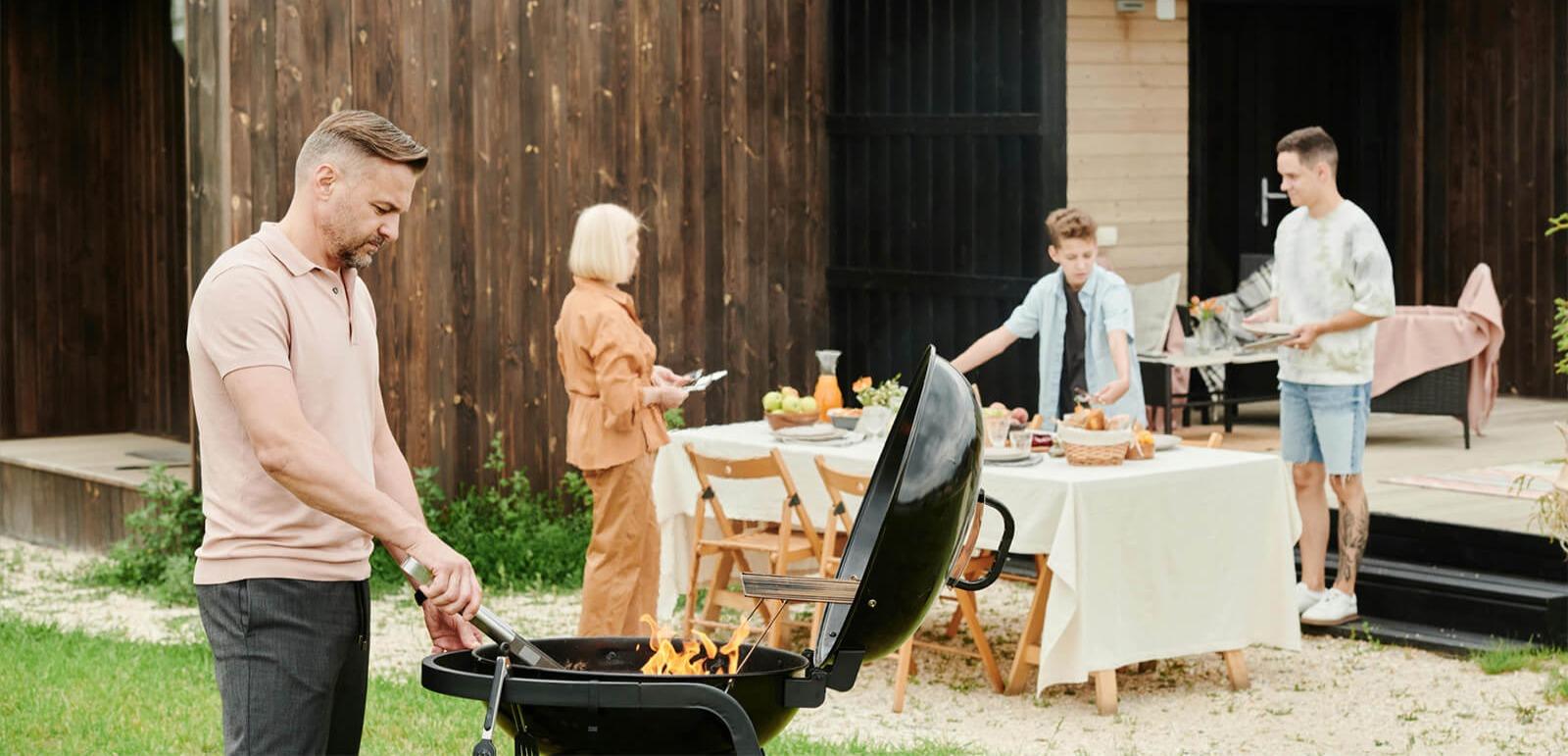Fall Storms in North Texas: Lightning Strike Insurance Claims
THE TAKEAWAYS
-
Fall in Dallas-Fort Worth often brings dry, unstable air colliding with early cold fronts, which increases lightning frequency and intensity.
-
Lightning strike fires usually start in the attic or roof assembly, then superheated gases push smoke and soot through wall cavities and living spaces within minutes.
-
In 2024, Texas experienced a total of 40,434,603 lightning strikes alone; the total US lightning claims caused an estimated $1.04B dollars in damage
-
Preparation matters: a properly designed lightning protection system, whole-home surge protection, a stocked storm kit, and early documentation can prevent injuries and speed recovery.
-
A qualified Public Adjuster in DFW investigates origin and spread, documents hidden pathways of damage, coordinates specialists, and negotiates a full-scope claim so policyholders do not settle short.
Why This Matters Right Now In DFW
Fall storms in North Texas feel different from spring. Cooler, drier air slides in from the Panhandle and collides with lingering Gulf moisture over Dallas-Fort Worth, setting the stage for vivid lightning and fast-moving squall lines. For homeowners, that means a spike in lightning strike fires and post-storm electrical problems that can ignite hours after the storm passes. As a Public Adjusting Firm, True View Commercial helps provide information to Insureds so they understand why these fires happen, what they do to a home, and how to be prepared and protected.
In 2024, Texas experienced a total of 40,434,603 lightning strikes, the most of any U.S. state. Additionally, homeowner insurance claim payouts as a result of lightning strikes were estimated to reach $1.04B accross 55,537 lightning claims in 2024 alone.
Why Lighting Ramps Up In The Fall
North Texas sits in a clash zone. In September through November, shallow cold fronts and upper-level disturbances sweep southeast. At the same time, the Gulf stays warm, feeding moisture into the boundary layer. This contrast produces instability and strong wind shear. The result is electrically active storms that often race across the Metroplex during late afternoon and evening. Dry air aloft helps charge separation inside thunderstorms, priming more cloud-to-ground strikes. Because soils and roofs may be dry after late-summer heat, a single strike is more likely to superheat materials, ignite dry wood members, or travel along conductive building elements and wiring.
Two outcomes are common in DFW neighborhoods after these storms:
-
A direct strike to the roof, chimney, or metal components that ignites the attic or roof deck.
-
A near strike that induces a surge on utility lines and branch circuits, damaging electronics and, in some cases, causing smoldering within junction boxes or appliances that later become open flame.
Lighting damage can vary. However, damage most often occurs in the following forms:
Direct structural effects. Lightning is an electrical discharge carrying extreme current and temperature. On contact, it can explosively spall roofing, crack masonry, blow apart ridge vents, and char or ignite sheathing and rafters. The heat is sufficient to pyrolyze wood within seconds, creating flammable gases.
Electrical system injury. A strike or induced surge can jump service entrance gaps, damage the main panel, trip or weld breakers, carbonize insulation on conductors, and overheat connections in junction boxes. Damage can be localized or distributed, and failures may show up days later when circuits are re-energized.
HVAC and low-voltage. Lightning rides thermostat wires, coax, and ethernet. It can destroy control boards, surge transformers, and smart home hubs. Loss of HVAC during or after an attic fire compounds smoke migration and humidity problems.
Contents and finishes. Even when flames are confined to the attic, thermal decomposition products and soot move through the home. These byproducts adhere to textiles, electronics, and porous finishes. Soot from high-heat events can be corrosive and electrically conductive, which is why early contents handling and electronics triage are crucial.
Why The Attic Is Where Lightning Fires Begin
In North Texas, the attic is the most natural entry point for a lightning strike. It sits high, breathes through soffit and ridge vents, and is threaded with metal and wiring. When a storm rolls across Dallas-Fort Worth and a strike energizes those pathways, heat and electrical arcing can ignite the roof deck or dry framing. What looks like a small scorch on the ridge can mask a fast-moving fire above the ceiling line.
Attic fires can escalate quickly because ventilation feeds combustion, and heat accumulates near the roof peak. Charring can begin in minutes, and superheated gases can exceed the tolerance of duct liners, plastic vapor barriers, and wiring insulation. That is why post-fire scopes often include duct replacement, sealing of framing after cleaning, and removal of insulation across wide areas, not just at the burnt spot. Proper negative air containment and HEPA filtration protect the rest of the home during remediation.
Inside An Attic Fire
Once ignition occurs, the attic behaves like a shallow furnace. Stick framing and plywood sheathing are dry softwoods with a high surface area, so they heat quickly. Fresh air enters through the eaves and exhausts at the ridge, feeding the burn. As wood heats, it undergoes pyrolysis and releases flammable gases. Those gases expand, and with expansion comes pressure that forces smoke and microscopic soot through every weak point in the envelope: can lights, plumbing chases, top plates, and even hairline cracks in drywall. In a matter of minutes, odor and contamination reach rooms that never saw flame.
Temperatures near the seat of an attic fire climb rapidly. Flames impinge on the underside of the roof, charring rafters and weakening metal gusset plates. Left unchecked, the roof can deform or fail. Meanwhile, soot does not simply hang in layers. Pressure pulses drive it into wall cavities and across the HVAC system, leaving visible deposits on surfaces and hidden residues behind paint films and within insulation.
Even a fire extinguishment by the fire department creates a second problem: Water. Crews open the ceiling to reach the blaze, and thousands of gallons descend into living spaces. Insulation becomes saturated, drywall sags, and floors cup. Water mixes with soot to create acidic residues that stain finishes and corrode metals. What began as an attic event is now a whole-house exposure.
Preparation Pays Off In North Texas
Prevention is part engineering and part habit. A properly designed lightning protection system provides a preferred path from air terminals to ground, so energy bypasses the structure instead of traveling through it. In the Metroplex, this is often paired with whole-home surge protection at the main service and, where appropriate, secondary devices at subpanels or sensitive equipment. Neither of these is a do-it-yourself project. Design, bonding, and installation quality determine whether they work when you need them.
Grounding and bonding deserve attention on their own. Metal roofing, satellite mounts, gas piping, HVAC equipment, and the electrical service must be bonded so that dangerous potential differences do not develop during a strike. The other side of readiness is practical: keep a small fire extinguisher on each floor, stage flashlights and a battery or crank radio, and maintain a simple family plan for exits and a meeting point. For most Dallas-Fort Worth homeowners, sheltering in place until responders arrive is more realistic than evacuating with a packed bag, but copies of essential documents in a waterproof pouch are smart insurance. Finally, build a photo record of your home when everything is normal. Label the panel, photograph the attic access and roof lines, and after any storm, take date-stamped pictures of strike marks, damaged electronics, and new ceiling stains. Good documentation shortens claims.
What Happens To The Rest Of The House
The rooms below an attic fire often look like a plumbing break as a result of all of the water used to extinguish the fire. Water finds the fastest path down, which may be a closet, a stairwell, or a mechanical chase. Smoke rarely flows straight down; it takes the path of least resistance, so a back bedroom or distant hall can test positive while the room under the fire appears clean. That is why a post-loss inspection does not rely on the eye alone. We combine targeted inspections, moisture mapping, surface sampling, and a mechanical system review to define where cleaning, sealing, and removal are required.
Contents follow the same logic. Textiles, paper, and porous finishes absorb odors and acidic residues. Electronics and appliances may power on but still fail later due to conductive soot and corrosion that soils boards and contacts. The right move is to triage: what can be restored, what should be replaced, and what requires diagnostic testing. A clear itemization prevents arguments later.
How True View Commercial Reviews Your Fire Loss
Our first responsibility is to represent the policyholder and capture the full story of the loss. That begins with origin and cause indicators on the roof and in the attic, a review of the fire department narrative, and a timeline from the homeowner. If evidence calls for it, we bring in an independent origin and cause specialist or an electrical engineer to preserve findings before demolition.
Electrical systems get early attention. A licensed electrician evaluates the service mast, meter base, main panel, breakers, and grounding electrode system, then checks representative branch circuits. We document arc marks, carbon tracking, overheated conductors, and bonding issues, and we do not ignore low-voltage runs or HVAC control boards that often carry surge damage.
The building envelope and structure come next. We assess roof decking, rafters or trusses, and fastener plates, and we map moisture to understand where suppression water traveled. That mapping drives the scope for removing wet insulation and drywall and for addressing affected flooring. Because smoke and soot almost always travel beyond the burn area, we test suspect spaces, inspect returns and ductwork, and plan for cleaning and sealing of the mechanical system where contamination is confirmed.
Contents are handled with the same discipline. We inventory, categorize, and set a restoration plan or replacement list with supporting photographs and vendor estimates. Throughout, we identify code requirements triggered by the loss. In Dallas Fort Worth, that commonly includes AFCI or GFCI updates in affected circuits, duct replacement where smoke passed, and ventilation improvements. Ordinance or Law coverage is the vehicle for these costs, and it should be documented, not assumed.
Working With The Insurance Carrier
A strong claim is built on scope, not slogans. We present a room-by-room plan tied to photographs, test results, and code citations. Pricing reflects real DFW labor and material conditions and includes the specialty trades and temporary protections that lightning claims often require. Life safety items are sequenced first: electrical hazards, roof protection, removal of wet insulation, and environmental controls to keep clean areas clean. Structured communication with the adjuster keeps the file moving. Settlement should reflect the whole loss, which means building, contents, and additional living expenses when the home is not fit to occupy. Nothing gets left behind because it was out of sight during the first walkthrough.
Dallas Fort Worth Homeowners: How True View Commercial Helps
We focus on DFW lightning strike and electrical surge claims because we see them every fall. Our team pairs field expertise with a science-driven investigation. We coordinate the right specialists, build a complete scope, and negotiate a settlement that returns your home to a safe, code-compliant condition. If you are in Dallas, Fort Worth, Frisco, Plano, McKinney, Arlington, or anywhere in North Texas, we are ready to help.
If you experienced a lightning strike, attic fire, or post-storm electrical damage, contact True View Commercial for a free claim review. We will assess origin indicators, hidden smoke pathways, electrical hazards, and the full scope of building and contents so you do not leave coverage on the table. Fall storms in North Texas are uniquely primed for lightning and surge-related fires. The physics of an attic fire drives rapid heat, smoke, and contamination beyond the visible burn area, while suppression adds significant water damage below. Preparation reduces risk, but when loss occurs, a Dallas-Fort Worth public adjuster with fire science literacy can document the full story and secure the recovery your policy promises.
Below is a quick FAQ that addresses some of the most common questions we receive time and again from clients:
Is a small soot smell after a storm a big deal?
It can be. Persistent odor often signals soot in interstitial cavities or HVAC. Testing and targeted cleaning or sealing may be required.
Do I need both lightning rods and surge protection?
They serve different purposes. Lightning protection guides the strike safely to ground. Surge protection shields wiring and devices from voltage spikes. Many North Texas homes benefit from both.
Can I just repaint after an attic fire?
Not until proper cleaning, odor neutralization, and sealing are complete, and wet materials are removed. Otherwise, stains and odors can bleed back, and corrosion can continue.
Will insurance pay for code upgrades?
If your policy includes Ordinance or Law coverage and the loss triggers modern code requirements, those costs are often covered. This is an area where a public adjuster adds value by documenting the trigger.
How long should I wait to call a PA?
Call as soon as you are safe. Early involvement helps capture evidence, set correct remediation protocols, and establish an accurate scope before partial repairs complicate the claim.
True View Commercial is here when you need us. Contact our office today for a no-cost claim consultation.



